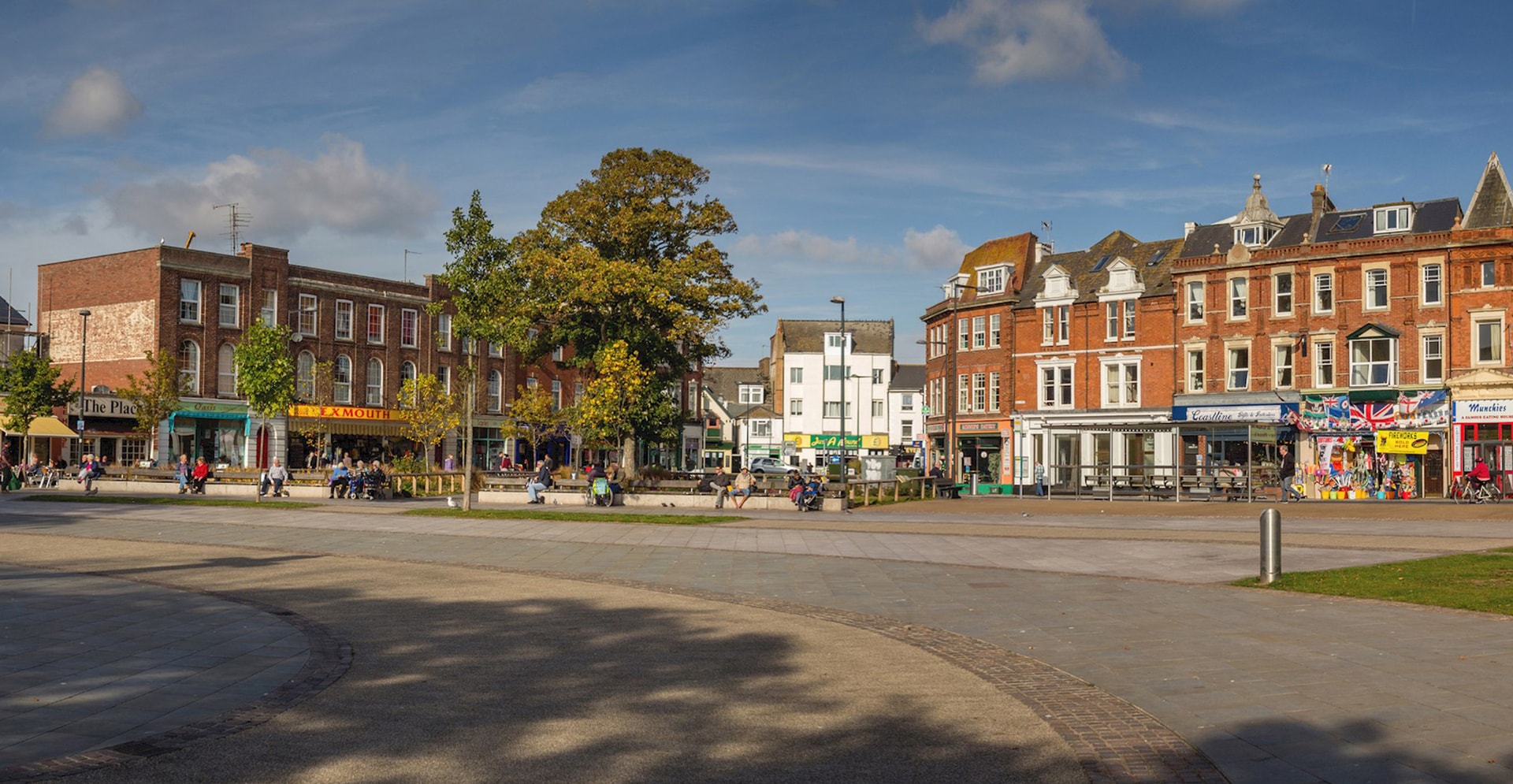Pressure on the green belt, building on flood plains, investment in new road infrastructure, delivering affordable housing, and meeting carbon zero commitments. These are just some of the many reasons why housing demand is not being met. According to an ACE report in 2021, the gap - the difference between the number of households and the number of houses being built - is £185 billion; the equivalent to 886,000 new households. So, is the solution closer to home or closer to the heart of our towns and cities? The High Street.
The benefits of town centre living
Living close to the places where employment density is greatest, leisure and recreational activities are concentrated and where main transport hubs are located would seem sensible and an attractive proposition for many.
Indeed, town centre living can also bring benefits to the carbon zero agenda, despite the common misconception that the UK’s big towns could be doing more damage to global warming than living in villages and the countryside. In fact, the European Commission found that UK emissions stand at 5.7 tonnes per person and the vast majority of the country’s largest towns and cities emit well below that average. Though the differences are not hugely significant, on average, homes in large towns emit slightly less carbon dioxide per person than their rural neighbours, as they tend to be smaller, denser and easier to heat.
Carbon zero benefits aside, the truth is that decades of under investment in our town centres and the plentiful supply of out-of-town housing has meant that many town centres have become synonymous with decline, empty properties, and lack of investment.
This has been exacerbated in recent years by the decline of the High Street and the lack of control, ownership and funding to address these issues. The government has recognised the size of the challenge facing towns and cities in England, with over £8 billion committed through initiatives such as the Future High Streets Fund, Town Deal and Levelling Up Fund. Development of vacant and low value sites for residential purposes needs to be an important component of successful placemaking. New housing strengthens community ownership of town centres, creates vibrancy throughout the day and, importantly, generates footfall to sustain retail, leisure and other uses. Housing diversifies the High Street and helps rationalise the amount of retail to more sustainable levels. Upper floors can be converted to bring back into use difficult to let, poorly accessible retail spaces.
To be successful housing growth areas, town centres need to provide access to community services such as educational and health care facilities, libraries and recreational spaces. They need to be Liveable Places. This means
- putting community at their centre;
- delivering long-term social and economic value;
- creating well-designed, high quality public spaces;
- focusing on collaboration and engagement; and
- having sustainable solutions at their heart.
There is no reason why this type of provision cannot be proactively planned and enabled as town centres go through a period of transformational change. Planning places for the needs of communities will rely on both quantitative and qualitative data focusing on demographics, economy, local opinions and aspirations in order to be successful.
How do we support housing growth on the High Street?
There is no doubt that in many town centres market failure exists. Rents and historic lease agreements do not reflect the new market norm or incentivise landowners to instigate change. The public sector, and local authorities as the custodian of these areas, need to step in.
Below are five actions we believe the public sector can take to deliver successful housing schemes on the High Street:
Create a comprehensive masterplan and framework for change
that clearly sets out the ambition of stakeholders; which champions and articulates the distinctiveness of place; sets out a plan for how new residential development connects with existing communities or delivers a new one; and is underpinned by an investible plan and planning policy. This includes identifying and developing a plan for the necessary social infrastructure which will support a successful housing scheme, such as health centres, schools and public spaces.
The masterplan needs to be informed by economic and demographic data which demonstrates how it addresses existing and emerging local needs such as the new generation of town centre employment occupiers such as biotech, life sciences and digital.
A great example of this is Walsall Council’s Regeneration Masterplan, which covers approximately 116 hectares of the town centre and has the potential to provide more than 900 new homes. The masterplan will inform plan-making and decision-taking across Walsall, and clearly sets out the next steps for realising the potential of Walsall Town Centre.
Develop a robust business case
and attract support from the likes of the Levelling Up Fund, Homes England and the Regional Growth Fund to invest in the High Street and support housing growth. Housing has the potential to create a significant contribution to Land Value Uplift, which is currently a critical measure of economic benefit needed to attract government funding.
Acquire key sites
to enable and de-risk development. Local authorities and the public sector generally have low levels of ownership within town centres and as a result are reliant upon attracting the private sector to initiate change. Where market failure exists, it may be necessary for the public sector to make the first move.
Create a development brief
that aligns with the masterplan objectives and is attractive to the market in that it addresses key risks and issues and is supported by an appraisal that demonstrates viability. The brief should set clear expectations in terms of quality and sustainability.
Barnsley Council is currently developing the RIBA 2/ 3 designs for the infrastructure and public realm that will support a new high-quality mixed-use scheme in Barnsley Town Centre aligned to the growing digital sector, using Future High Street Funding to enable and de-risk the scheme for future private sector investment.
Explore a mix of different housing models and tenures
including build-to-rent, to address local housing needs. Importantly, different housing models such as build-to-rent intended for students and retirement homes in town centres often allow for much quicker market absorption than the drip feed of homes into suburban sites to balance demand and supply. These build-to-rent properties are also very attractive to investors looking for stable long-term returns.
Town centre residential development may not ever deliver on one site the size and scale of residential growth that can be offered on large greenfield or brownfield sites on the periphery of towns and cities. However, it can provide an alternative, sustainable housing offer that addresses local needs and supports the transformation of the High Street. With government funds available and stakeholder support to see change on the High Street, now is the time to act.
Contact Nick Kealey at nick.kealey@arcadis.com


